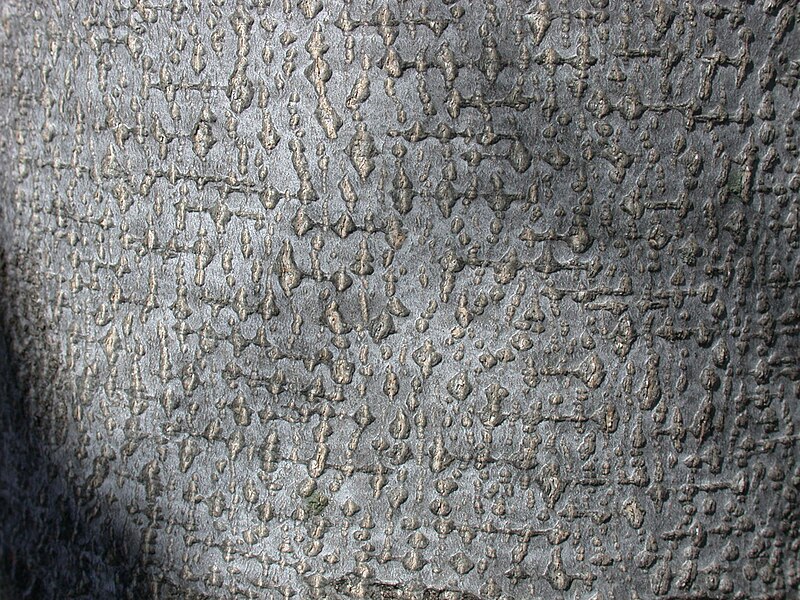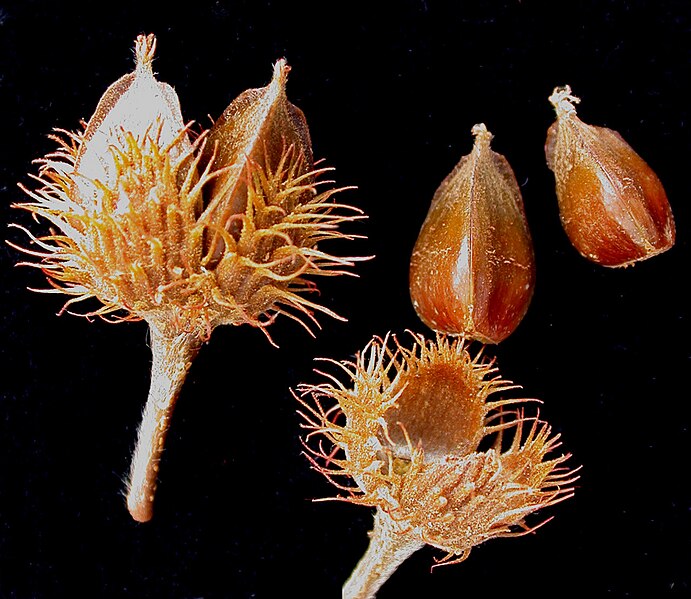American Beech Identification – Fagus grandifolia
Heads up
American Beech, with its scientific name Fagus grandifolia, is a treasure among the trees in North America. This grand tree is part of the Fagaceae family, commonly known as the Beech family.
Historically, Native Americans saw value in the American Beech, using its wood for building materials and tools due to its strength. They also tapped into its medicinal properties and enjoyed its edible nuts. Nowadays, it’s wood is often used in flooring and containers, but remember, despite its toughness, it doesn’t handle prolonged exposure to weather or soil well.
Animals love the American Beech. From small mammals to birds like woodpeckers and blue jays, many find its nuts irresistible. If you’re a wildlife enthusiast, hanging around this tree might give you a chance to observe various animals in action.
American Beech: Key Parts in Photos




Where to find it
Native to eastern North America, this tree stands from Maine in the north to Florida in the south, and from the east coast it stretches westward to regions like Texas and Oklahoma. If you’re exploring forests in these areas, chances are you’ll run into this tree.
How to identify American Beech
You can spot this tree from a distance due to its size and distinct appearance. Typically, the American Beech grows between 60 to 80 feet tall. When you get close, you’ll notice its bark stands out. Unlike many trees whose bark becomes rougher with age, the American Beech’s bark remains smooth, making it easy to identify.
The tree has simple, alternate leaves. These leaves are ovate-oblong, which means they are egg-shaped but longer. They are between 2 to 5 inches long and half as wide, with serrate or toothed edges. During fall, these green leaves transform into gorgeous brown and gold shades.
In spring and early summer, the tree showcases monoecious yellowish-green flowers. Monoecious simply means this tree has both male and female flowers. The male ones hang down in globular clusters, while the female ones appear in short spikes. Come fall, the female flowers turn into triangular nuts that are encased in spiny bracts. These nuts are the tasty treats wildlife loves.
Speaking of nuts, they mature in the fall. If you inspect them, you’ll find them to be shiny brown, triangular, and edible. They often group in twos or threes inside prickly husks.
